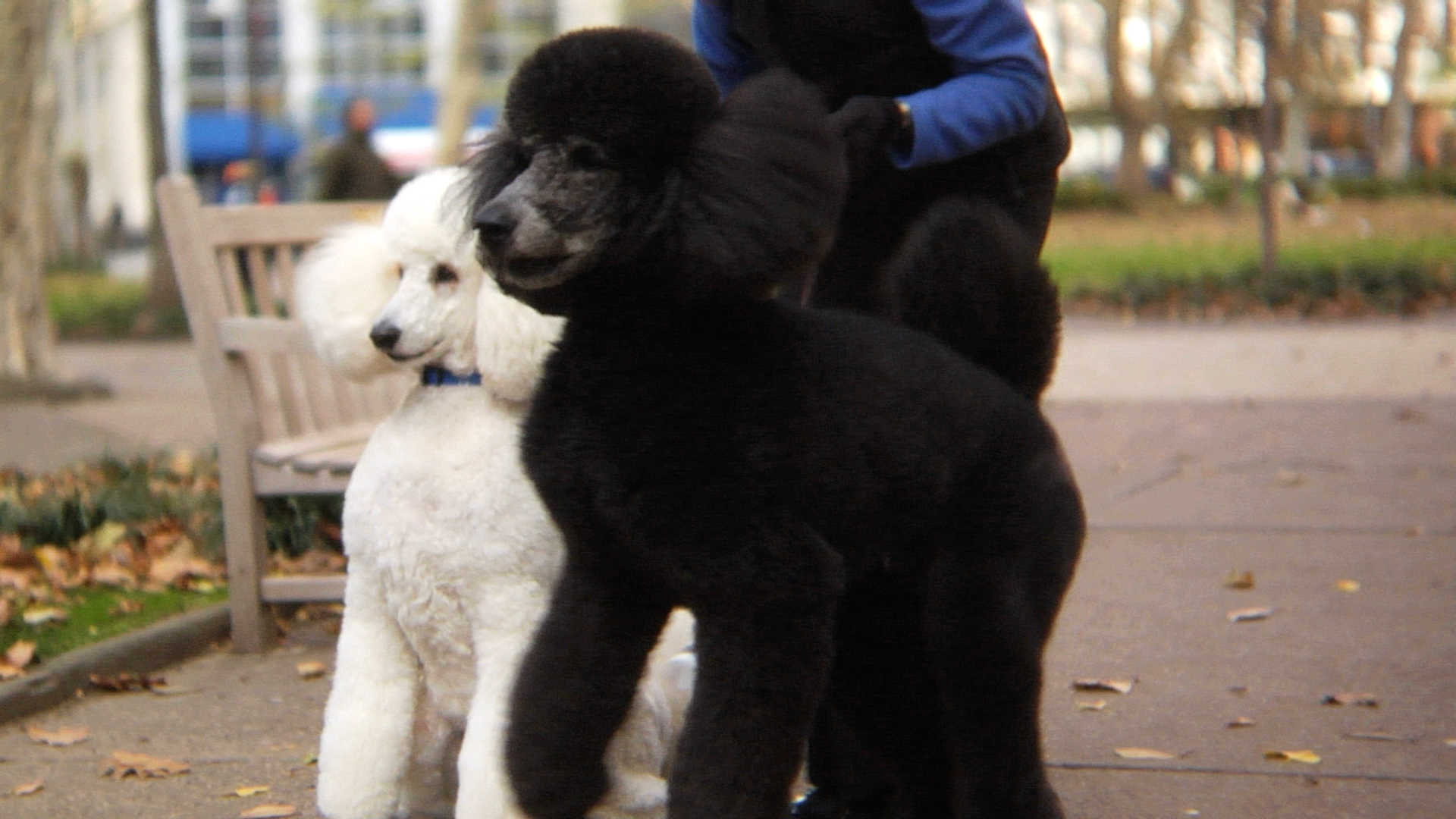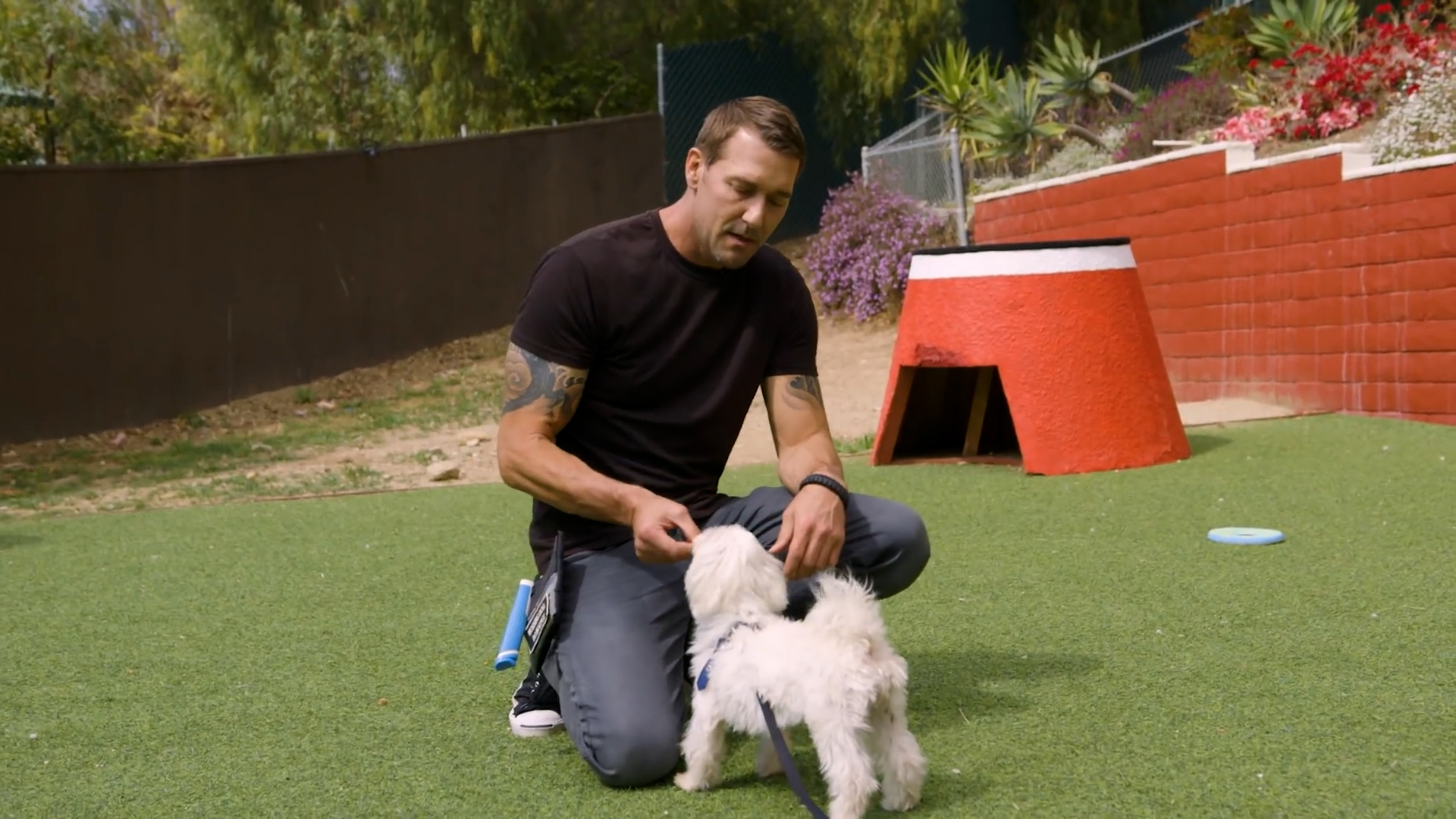If you're a proud dog owner, you're probably familiar with the twists and turns a walk can take when it should have been straightforward.
More often than not, you may find yourself stopped by some shrubs, staring at the pedestrians walking by, as your dog snuffles at the same leaf for several minutes. But before you pull your dog away from that tree (or fire hydrant, or bush, or scrap of sidewalk...), it may be worth it to consider the walk from their point of view.
And for dogs, that point of view is more of a point of smell.
According to the American Kennel Club, "Just as we use vision as our main sense for understanding our environment, dogs use their noses. The way something smells gives dogs more information than the way something looks, feels, sounds, or tastes."
Get top local stories in Philly delivered to you every morning. >Sign up for NBC Philadelphia's News Headlines newsletter.
Of course, it's well-known that dogs have an excellent sense of smell. Man's best friend helps detect everything from bombs to drugs to COVID-19.
But the degree to which dogs excel at smelling may come as a surprise.
"They are smelling machines, basically," said Tommy Dickey, a researcher and professor at UC Santa Barbara. His recent research has involved working with therapy dogs, specifically the use of medical scent detection to screen for COVID-19.
"The dog’s senses are generally much better than ours, with the exception of daylight vision," he explained. But it's not just that a dog's nose is better than a humans.
According to Dickey, dogs are 100,000 times more effective at being able to sense smell than people are.
They have nearly 1,100 genes that bake their sense of smell into their DNA, while humans have just about 800, Dickey explained. The dogs also have about 20 times more odor receptor cells than humans, which means a lot more power when picking up a smell from the air or ground in the first place.
"However, extra scent receptors don’t just mean dogs can sniff subtle odors we would miss," the American Kennel Club explains. "They also allow dogs to detect a complexity in odors that humans can’t. You might smell chocolate chip cookies, but your dog can smell the chocolate chips, flour, eggs, and other ingredients."
That ability to distinguish separate smells extends to other animals, too.
"Dogs also sense fear and anxiety via their noses," VCA Animal Hospitals, a veterinarian group based in Los Angeles, says on its website. "When we are stressed or scared, we secrete the fight-or-flight hormone, adrenaline, which dogs detect even though we can not smell it. When we are anxious, we also have increased heart rate and blood flow which carries body chemicals to the skin surface where dogs can pick them up more easily."
And once they've picked up that scent, they dedicate a lot more brainpower to figuring out what it means -- literally. According to Dickey, "about a third of [the dog's] brain is devoted to smell, whereas for humans it’s only about 5%."
The numbers are general estimates from a wide variety of scientific research, since genes and receptors vary based on the breed of dog being studied, he said. But no matter how you slice it, dog sniffing power beats that of humans by a long shot.
Also adding to the power of the dog's nose, the nose itself is very large compared to that of a human, Dickey said.

When the dog inhales, they intake air through their nostrils. But rather than exhaling through the same orifice, the air when they exhale goes "through flaps on the side of their little black noses," he said. That process lets them sample scents better as the air circulates through.
Instead of breathing in and out like humans do, through the same holes, the flaps on the side of the dog's nose let them keep ahold of "the odors that are most interesting or important to them," Dickey said, and focus in on just that smell.
Once the air is inside their nose, dogs also have more membranes dedicated to all those smell receptors. "That enables them to smell much more," Dickey said.
Of course, being good at smell doesn't mean dogs are lacking in other sensory departments. They're also well-known for their keen hearing, which is "actually 5 times better than a human’s" and lets dogs hear up to a mile away under the right conditions.
And while they're not as good at seeing things as people are, they're not as bad as common wisdom would suggest.
Dogs aren't actually completely color blind, Dickey said -- they just have a more limited range, covering the yellow-to-blue part of the spectrum and leaving out red.
And when it comes to night vision, dogs once again have humans beat, thanks to a membrane at the back of their eye that reflects light back into the sensing area.
In the end, scent is big for dogs, but so are other senses, just like for humans, Dickey said. It's like "in tennis," he explained. "Obviously you’re watching the ball, but the sound of the ball coming off the racket is almost as important to make your decisions [about what to do next]."
But where the human mostly gets information through sight, the dog's primary way of getting information about the world around them is via smell.
So when the dog is on a walk, "the dog is seeing the world through their nose," Dickey said.
The dog stopping at the fire hydrant for what feels like years is actually smelling all the other dogs that came there before -- and if it's the same dogs on a regular schedule, Fido can distinguish which smell is from which dog.
"What we really should do, if we’re really considerate of our animals, is let our dogs sniff all they want," Dickey said.
The American Kennel Club also recommends "allowing ample chances to sniff." However, it's best not to stay at the same landmark for too long -- it's better to have some stretches of guided leash walking, followed by "sniff breaks," or periods of time where your dog knows they can relax and smell around.
And, according to the American Kennel Club, while your dog is sniffing away, you might get some benefits as well. Walking your dog can boost your mood, because you know your four-legged friend is having a good time, connects you with nature, and helps manage stress while you exercise.
To learn more about Clear The Shelters 2022 and search for adoptable pets in your area, visit cleartheshelters.com. You can also donate to your local animal shelters and rescue groups by visiting clearthesheltersfund.org.





